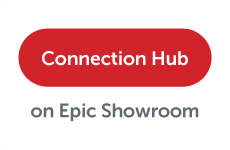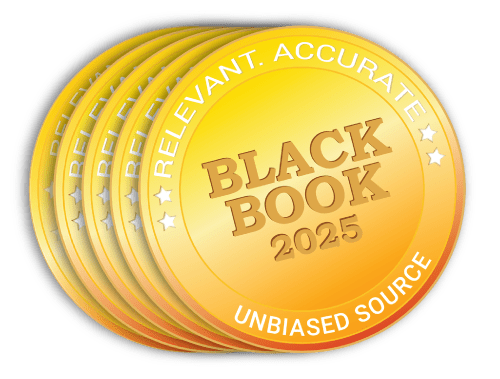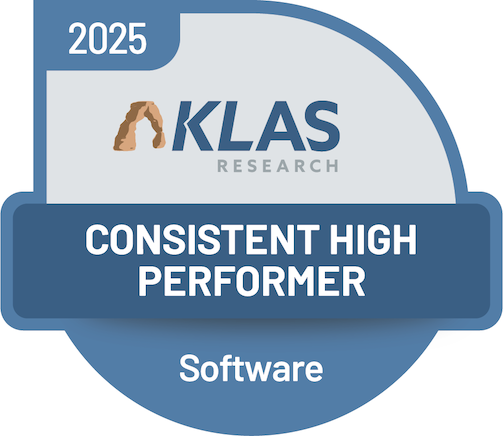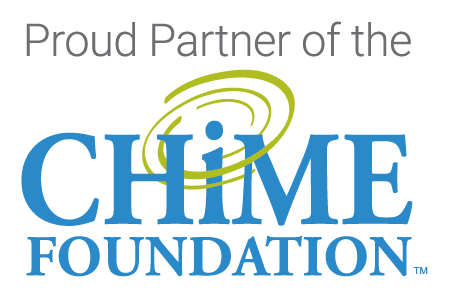Application Rationalization Consulting
Tech rationalization consultation on the who, what,
when and how of data management
Application Rationalization Consulting
- How many out-of-production systems are in your application portfolio?
- Is your legacy data readily available to users?
- Or is it trapped and difficult to access or share?
For large healthcare organizations in the US and Canada, it’s not uncommon to find 30-40 legacy systems. These acute, ambulatory, clinical, financial or business systems deliver little production value, yet account for substantial maintenance costs.
It’s Time to Streamline
It’s time to make data available, reportable, researchable, and interoperable. It’s time to mobilize planning to make medical records available to consumers as mandated by the 21st Century Cures Act.Our rationalization consulting services help identify options that will:
- Lower costs.
- Reduce risk.
- Fortify cybersecurity defenses by decommissioning out-of-production applications.
- Make legacy data more accessible to users and patients.
That accessibility may come in the form of data extraction, migration, conversion, or retention initiatives—all prioritized, synthesized and mapped into a full legacy data management strategy deliverable.
A team of our rationalization consultants will work with your IT, HIM, Revenue Cycle, Clinical, HR and Regulatory stakeholders to gather the information necessary and aggregate a set of findings and cross-departmental user specifications. Any recommended options will ensure that protected health, employee and business records meet regulatory compliance, research and reporting requirements defined by your regulatory compliance team.
We can help you create a customized application rationalization strategy with guidance and resources to:
- Inventory the complete IT portfolio of applications with key information such as:
- System static dates
- Contract renewal dates
- Data types and amounts
- Age of the application and its infrastructure
- Technical/legal risk exposure
- System subject matter experts on staff
- Data conversion needs, and more
- Review the business needs, value and fit of the applications.
- Assess the total cost of ownership (includes hardware, software, maintenance, and labor costs).
- Help prioritize project plans to decommission certain applications and archive the legacy data that must be retained to meet requirements.
- Communicate internally to stakeholders.
- Craft a data management strategy that supports the complete lifecycle for clinical, financial and administrative applications.
- Create a timeline and system to track progress of project plans.
- Develop a plan to prioritize and continue ongoing IT application rationalization.
What sets the Harmony Healthcare IT team apart?
Our team has broad and deep experience with more than 700 unique clinical, financial and administrative software brands. We often are called on to step in when other projects have stalled or reached a challenge that requires technical acumen and agility that only comes from our experience.
FAQs
What is application rationalization in healthcare?
Healthcare organizations need a strategy to evaluate, prioritize and optimize the applications within their enterprise. This includes applications such as electronic health records (EHR), billing and payment systems and the infrastructure needed to support the systems. Application rationalization involves analyzing all the applications to determine the optimal mix of production systems and those that can be decommissioned, with any data that needs to be maintained saved in an archive or other storage option that meets the organization’s guidelines for record retention, access and release.
Why is application rationalization important?
In healthcare, having the right mix of applications in production is important from an efficiency, cost and security standpoint. Leaving out-of-production systems up and running in the application portfolio can create challenges for efficiently accessing the data for users and patients as well as pose threats in keeping the systems safe from cybersecurity threats which are prevalent among legacy software.
How do you rationalize an application?
Initially, a data governance team often is defined to provide oversight and craft key decisions to help make informed decisions about the application landscape. The governance goals are to eliminate inefficiencies, reduce costs, improve security, and streamline operations. The application rationalization strategy must meet the organization’s compliance requirements for all protected health, employee, and business records. The first step to inform the rationalization strategy is to gather necessary information from cross-departmental users such as IT, HIM, Revenue Cycle, Clinical, HR and Regulatory. Once the key information is collected and the compliance strategy reviewed, there can be a review of the total cost of ownership (hardware, software, maintenance, and labor). At that point there can be a data management strategy and timeline can be developed that prioritizes the plans for each application (including which should be decommissioned and legacy data migrated to an archive) as well as a continuous plan for ongoing application rationalization efforts.






